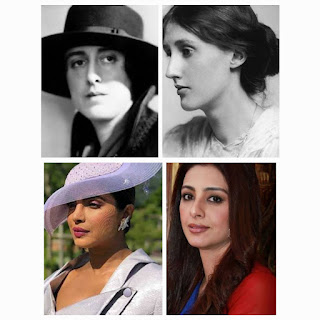Hello readers!!
This blog is part of flipped learning activity in which we discuss various questions regarding to the Existentialism for deep understanding.
What is Existentialism ? :-
Here is the link of Existentialism :
https://drive.google.com/file/d/13ckdfQAATiCr8XJ1BzhAsipOjw20lE0H/view?usp=drivesdk
Existentialism is a philosophical movement that emphasizes individual existence, freedom, and choice. It suggests that individuals create their own meaning and values in life through their actions and experiences, rather than adhering to predetermined purposes or external norms. Thinkers like Jean-Paul Sartre and Albert Camus are associated with existentialist ideas.
Here , we discuss some questions regarding the videos:-
👉Which thought I like most in the videos :-
Video:1)
In the first video I am impressed by this thoughts.Individuality, passion, and freedom are three side of the triangle.
Video:2)
In second video i am impressed by the thought that suicide is also considered as a work of art.
Video:3)
In this video i am impressed by the thought that : When man stop questioning or thinking about the irrational world then it is considered as a philosophical suicide.
Video:4)
In this video i am impressed by the thought that this video we find 1916, Dadaism movement . Creation is primary goal of Dadaism. Dadaism is all about being ode.
Video: 5)
In the fifth video i am impressed by the thought that : the concept of choice. Choice is everything.
Video 6)
In sixth video i am impressed by the thought that description of Nahilism. And
existentialism is in line we van say that making the meaning of life.
Video 7)
I am impressed by the thought: existence of humans why we are? Who we are? And why?
Video 8)
A very interesting video where kids say their own understanding of existentialism.
I am impressed by this thought; Nietzsche's ubermensch overman idea is based upon autonomy of making decisions.
Video 9)
In this video i am impressed by the thought that; How existentialism is help us to understand almost everything. It also says that absurdity of world and life is acceptable.
Video 10)
In this video i am impressed by the thought that; "since there is no technology the world wasn't created for a reason,and it doesn't exist for reason".
👉Learning Outcomes:
This activity make my understanding more clear about existentialism. Every video have many and minor details about existentialism. I got deeper knowledge because of images, quotes and statment. These videos also discusses about Dadaism,
Nahilism along with existentialism.
Thank you.....💐






